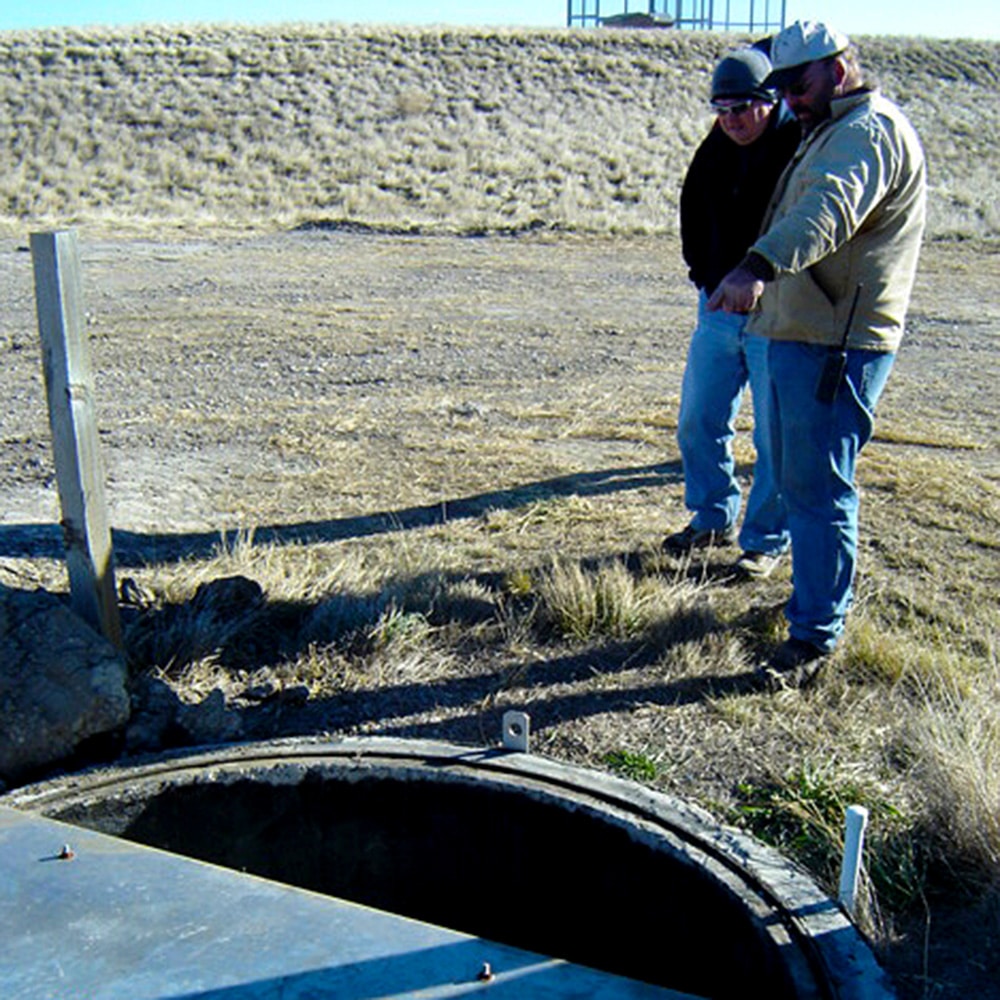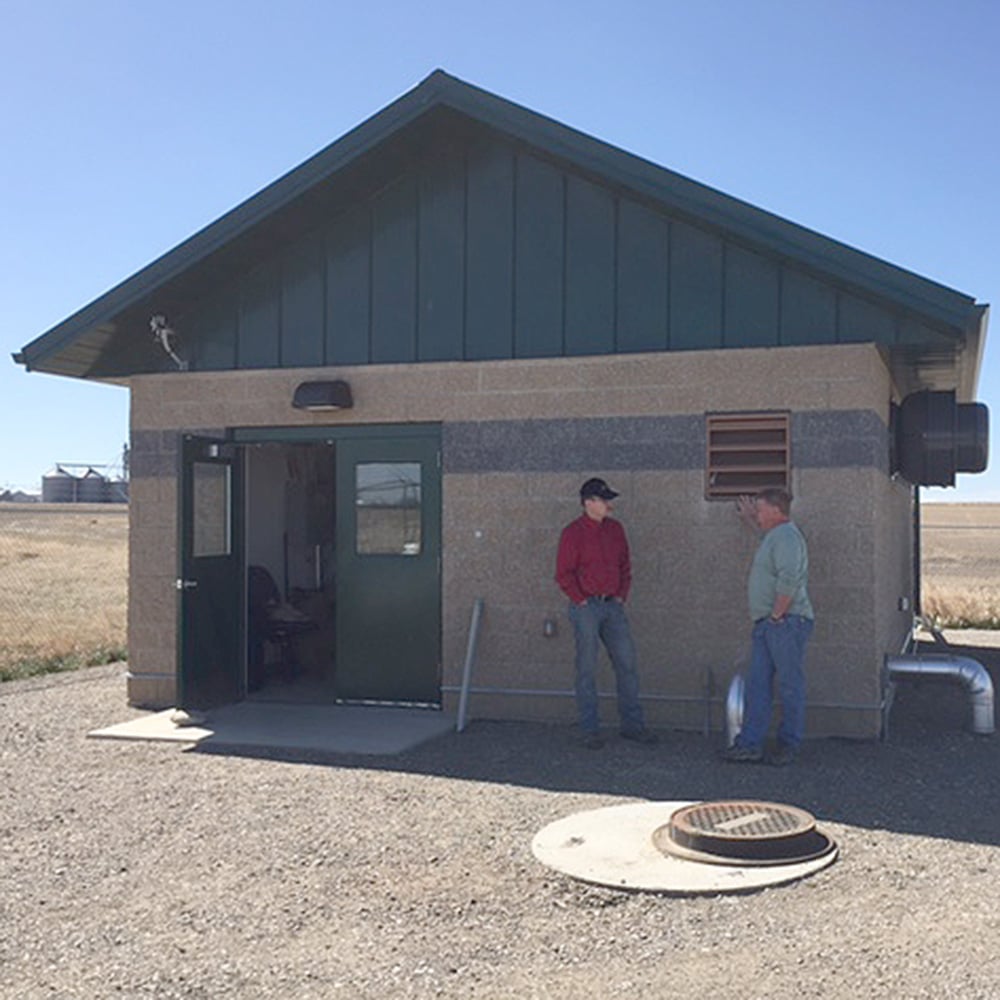
7 Approaches to Excellent Client Service
By Craig Nowak, PE
No doubt we have all heard, or thrown out, the term client service, which means different things to different people depending on your profession. It’s a “two-way street,” meaning we appreciate receiving good client service—like getting an ice cream cone from a fast and friendly server on a hot summer day. However, in the engineering and technical services world, we focus on providing client service, which can mean other things within your firm or organization and vary widely depending on your position.
At its basic level, good client service means delivering a product or service on time and within budget. However, it’s usually more complicated than that, as there are a variety of approaches to providing good and even exceptional client service.
After a long career in the consulting engineering business with years of observations and experiences, I’ve learned seven approaches and lessons on providing services for your client that actually make a difference.


1. Think of client service from your client’s standpoint. How would you want to be treated if the roles were reversed?
2. Stay in touch with your client even when you don’t have an active project, and don’t hesitate to provide advice when asked. Your client will appreciate and remember this, and you may become their go-to engineer. I can recall several instances where this has paid dividends. One such example was with a client for whom we had completed a few projects, however, they had a change in administration and elected to go with a different engineer. I kept in touch with the client during this time, and they elected to resume a working relationship again with us. We have been working for them since that time.
3. Stay in touch with your client even when working with another firm. Otherwise, you may not know if that other firm is meeting the client’s expectations. This situation, too, has paid dividends for me on more than one occasion.
Some clients may rely on you to be proactive, while others prefer to take on this role. Read the room and learn when it is time to advise, time to take action, and time to step back.
4. For public entities, attend their meetings even when you are not seeking something in return. It shows that you are interested in helping them with their engineering needs.
5. Remember that when you are working on a project, it is their project, not yours. You are tasked with providing technical services in the form of analyses, designs, and/or recommendations. However, it is still your client’s project, and they will make the decisions and provide direction. You can easily imply this message and relay it to the client; in other situations, you may need to state it directly. I have made it a point to communicate this when pursuing a project, and in many instances, the prospective client took notice.
6. Especially with a new client, be observant and figure out if/when you need to step in and “drive the bus.” Some clients may rely on you to be proactive, while others prefer to take on this role. Read the room and learn when it is time to advise, time to take action, and time to step back.
7. Keep your client informed, even when there is bad news. While this may lead to uncomfortable conversations, they will only worsen if you let the situation fester until it is too late.
This list can undoubtedly continue, and others may have their examples to add to it. However, the point is that client service isn’t a catchy cliché to be conveniently tossed around. Think about what it means and play it out. Your clients will respect you, your colleagues will respect you, and you will see a return.
